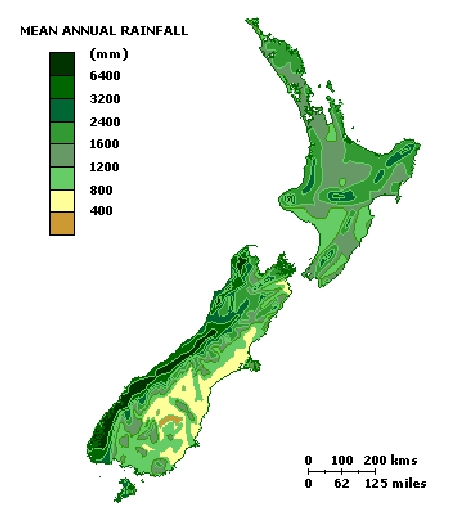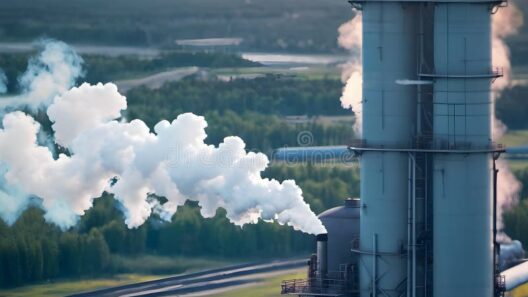Polar bears, the majestic apex predators of the Arctic, are often emblematic of the environmental plight caused by climate change. Their magnificent white coats and powerful frames capture the imagination, evoking both awe and a deeper concern for their survival. As ice caps recede due to global warming, these iconic species are facing unprecedented challenges, and it is imperative to understand strategies for their protection. This article will explore how we can safeguard polar bears from the perils of climate change, addressing the intricate relationship between warming temperatures and the survival of these magnificent creatures.
First and foremost, it is crucial to understand the plight of polar bears. They depend on sea ice as a critical habitat for hunting seals, their primary prey. As the Earth’s temperature rises, sea ice diminishes, leading to longer hunting seasons without accessible prey. This decline not only affects their immediate survival but also disrupts their reproductive cycles, as malnourished bears are less likely to successfully rear cubs. Urgent action is needed to mitigate these impacts.
One of the most effective ways to protect polar bears is by combating global warming at its source: greenhouse gas emissions. A transition to renewable energy sources such as wind, solar, and hydroelectric power is vital. By reducing reliance on fossil fuels, we can decrease carbon footprints significantly. Governments and organizations worldwide must invest in clean energy technologies, enact stringent regulations on emissions, and promote energy efficiency. Such measures collectively contribute to a substantial reduction in global warming, facilitating the preservation of polar habitats.
In addition to renewable energy, enhancing public awareness about climate change’s effects on polar bears is crucial. Education can engender a sense of urgency and empower individuals to effect change in their communities. Grassroots movements can lead to policy changes, encouraging local governments to adopt sustainable practices. Animated documentaries, interactive workshops, and community events can foster awareness and inspire collective action. Social media platforms serve as powerful tools for outreach, enabling activists to share compelling stories about polar bears and galvanize support.
Conserving polar bear habitats is another critical aspect of protecting this noble species. Establishing marine protected areas can shield essential hunting grounds from industrial activities such as oil and gas exploration and fishing. These initiatives not only safeguard polar bears but also preserve the biodiversity of the Arctic ecosystem. The creation and enforcement of such protected areas require collaboration among governments, indigenous communities, and non-governmental organizations. Engagement with local populations ensures that conservation efforts respect traditional practices while promoting ecological integrity.
Moreover, it is essential to consider the implications of climate change on polar bear health. Increased temperatures can result in higher incidences of diseases and parasites, further threatening polar bear populations. Comprehensive research initiatives focusing on the health impacts of climate change are crucial for the survival of polar bears. Scientists can monitor bear health, study their migration patterns, and analyze the availability of prey. This data can inform conservation strategies and enhance our understanding of how best to protect polar bears in a changing environment.
Adaptation strategies are equally essential in our efforts to protect polar bears. These strategies may include enhancing the genetic diversity of polar bear populations to foster resilience against climate-related stressors. Ensuring that animal corridors remain intact will facilitate migration and breeding, allowing bears to adapt more effectively to environmental changes. Conversely, managing human-polar bear interactions is critical as polar bears venture closer to human settlements in search of food. Mitigating conflicts through effective management can safeguard both human and bear populations.
While the aforementioned strategies provide immediate pathways to protect polar bears, a broader systemic approach is necessary. Climate change is a multifaceted issue that interlinks environmental, economic, and social factors. Policymakers must address these interconnections to develop comprehensive climate policies. International cooperation is also essential, as polar bears traverse political boundaries. Global accords, akin to the Paris Agreement, should include specific provisions dedicated to the protection of polar bears and their habitats. Collaborative research efforts across nations can yield valuable insights into polar bear conservation and climate adaptation strategies.
Engaging with indigenous communities is critical for successful conservation efforts. Indigenous peoples possess vast knowledge of the Arctic ecosystems and have coexisted with polar bears for generations. Collaborative management practices that involve indigenous voices in decision-making processes can enhance conservation outcomes. Recognizing traditional ecological knowledge can lead to more effective and culturally sensitive strategies for protecting polar bears.
Lastly, conservation funding is necessary to ensure the implementation of these various strategies. Governments, corporations, and individuals should prioritize financial support for organizations dedicated to polar bear research and conservation. Philanthropic contributions can help tackle urgent issues, from habitat protection to research initiatives. Every dollar invested in polar bear conservation transcends the immediate benefits; it symbolizes a commitment to preserving an iconic species and, by extension, the health of our planet.
In conclusion, the fight to protect polar bears from the adversities of climate change is both urgent and complex. By reducing greenhouse gas emissions, raising public awareness, conserving habitats, and fostering collaborative initiatives, we can work towards securing a future for these iconic species. Polar bears are not merely symbols of the Arctic; they represent the delicate balance of our ecosystem. Through dedicated efforts to mitigate climate change, educate the public, and engage in collaborative conservation, we can help protect polar bears and all species that share our planet. Their survival is intertwined with our own, revealing our profound responsibility to the natural world.







